Crosswind Landings
Challenging Crosswind Conditions
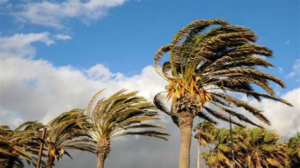 We recently had ‘Santa Ana’ conditions here in SoCal. What causes this? Typically, it’s due to a high-pressure system over Utah or Nevada, with its clockwise flow, which funnels hot dry air southwesterly through the mountains surrounding the LA basin. When that happens, there is a strong northeasterly flow in parts of the basin, which means strong, gusty north-northeasterly surface winds at some airports. This creates very challenging crosswind conditions for takeoffs and landings. How proficient are you with this?
We recently had ‘Santa Ana’ conditions here in SoCal. What causes this? Typically, it’s due to a high-pressure system over Utah or Nevada, with its clockwise flow, which funnels hot dry air southwesterly through the mountains surrounding the LA basin. When that happens, there is a strong northeasterly flow in parts of the basin, which means strong, gusty north-northeasterly surface winds at some airports. This creates very challenging crosswind conditions for takeoffs and landings. How proficient are you with this?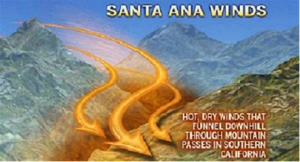
Many pilots struggle with crosswind landings. This is because they don’t fly enough on windy days. They are simply out of practice. How about you? Do you ever fly on days like this? I can help. Get in touch with me.
5-7-9 Rule
Are you familiar the 5-7-9 rule of thumb, for crosswinds? It’s easy to use. See the diagram to the left. If the winds are 30° to the runway at 10 knots, the crosswind is 50% of the wind value. So, for runway 36 shown here, if the wind is 030 at 10, there is a 5-knot crosswind. 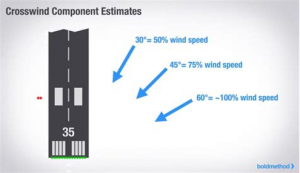 If the wind is 45° to the runway, or 040 or 050 at 10, the crosswind is 70% or about 7 knots. If the wind is 60° to the runway, or 060 at 10, the crosswind 90% of that, or about 9 knots. This is all based on (Algebra) and Trigonometry but is simplified for our purposes. What’s the demonstrated crosswind for the airplane you fly?
If the wind is 45° to the runway, or 040 or 050 at 10, the crosswind is 70% or about 7 knots. If the wind is 60° to the runway, or 060 at 10, the crosswind 90% of that, or about 9 knots. This is all based on (Algebra) and Trigonometry but is simplified for our purposes. What’s the demonstrated crosswind for the airplane you fly?
How comfortable are you with crosswind takeoffs and landings?
If you would like to get some practice with crosswinds, please get in touch with me and I’ll work with you to improve your crosswind skills.

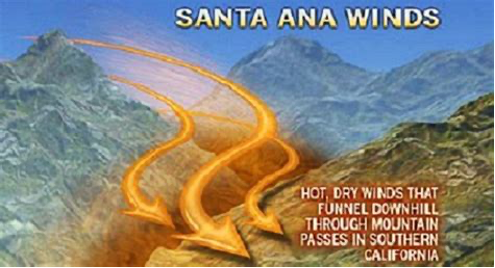
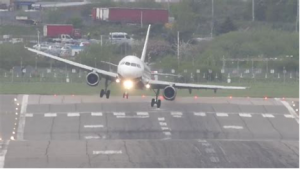
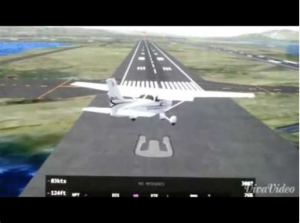


Nice graphics and very timely article. Hang on to your hat!
Yvonne